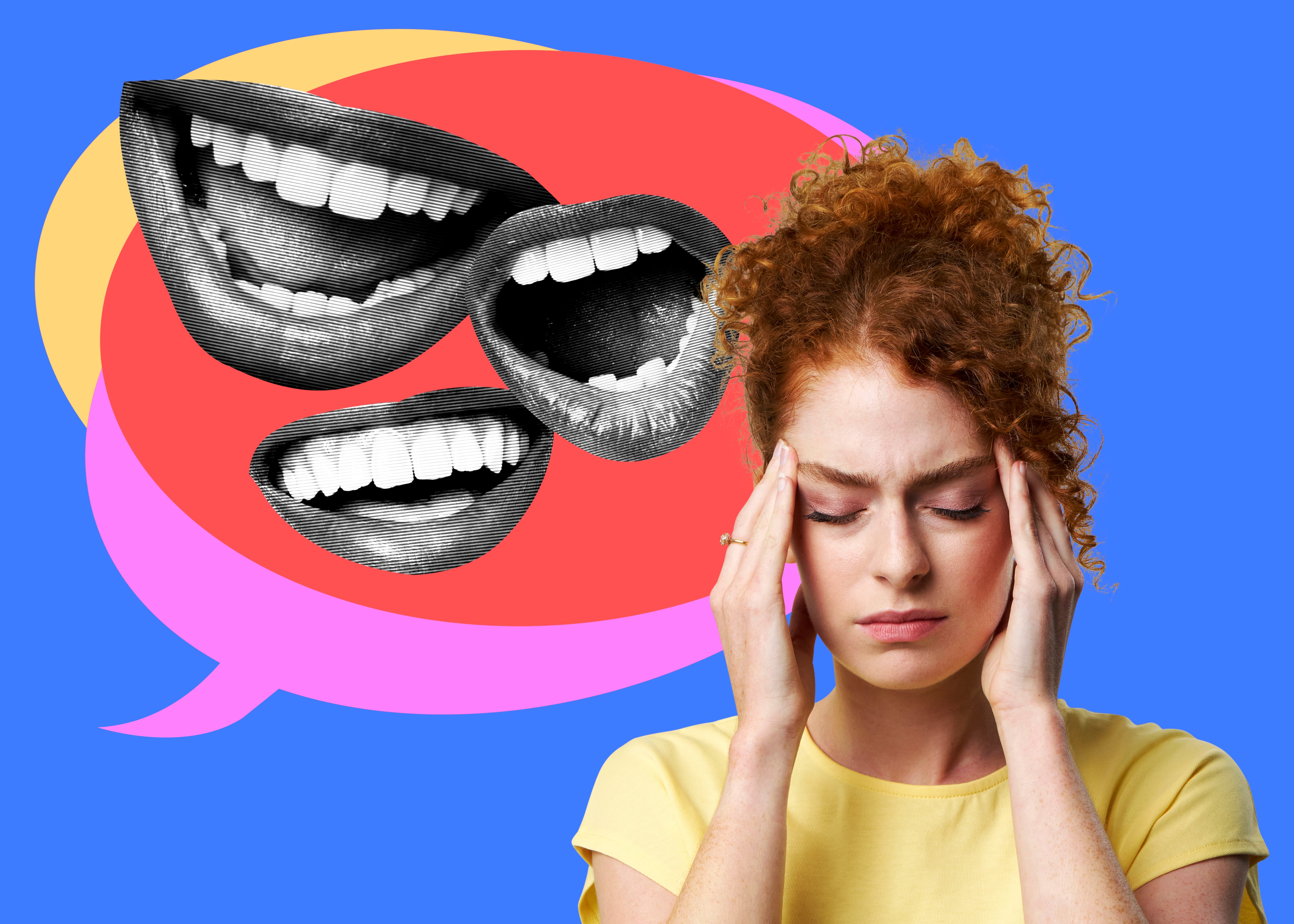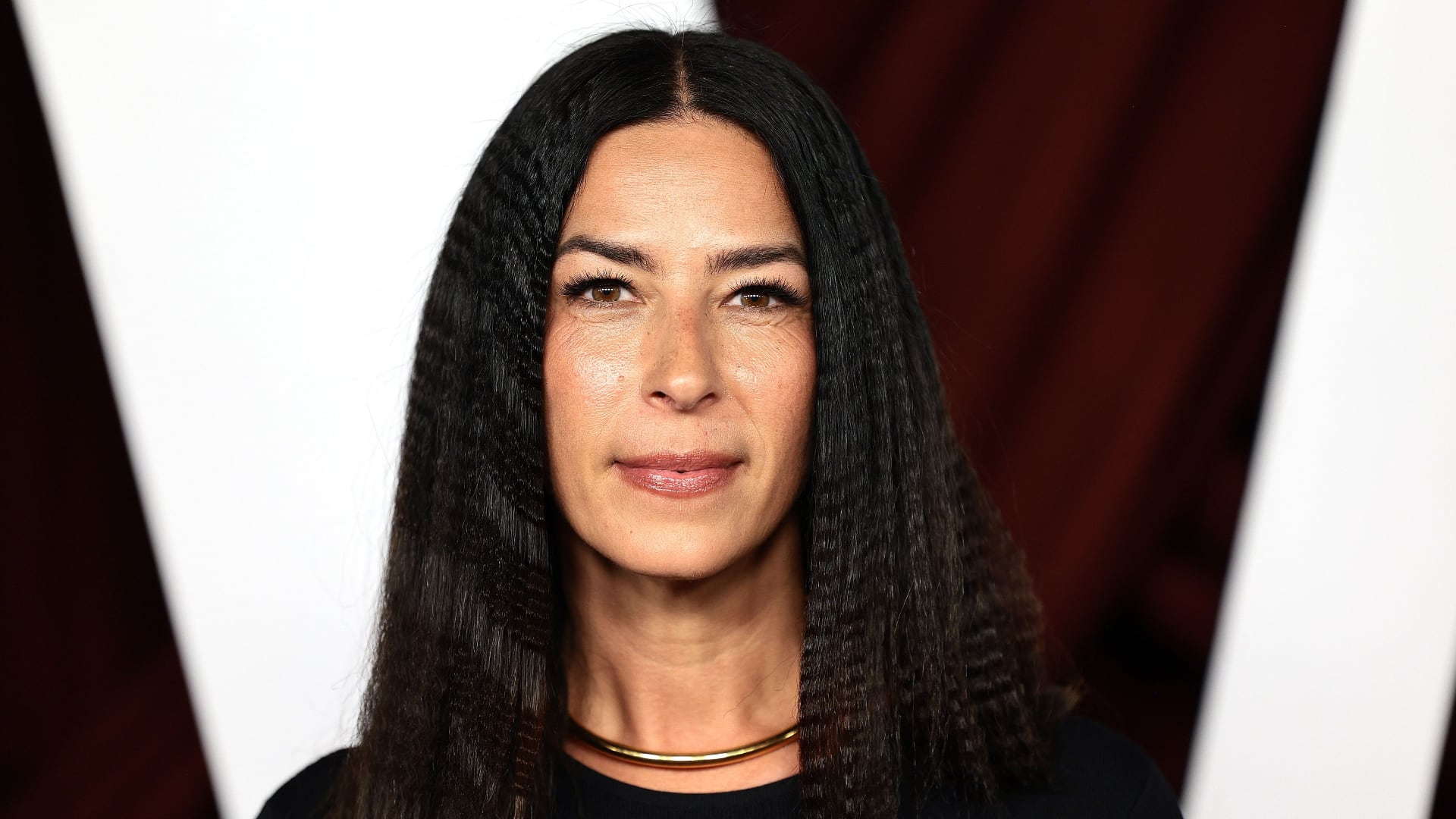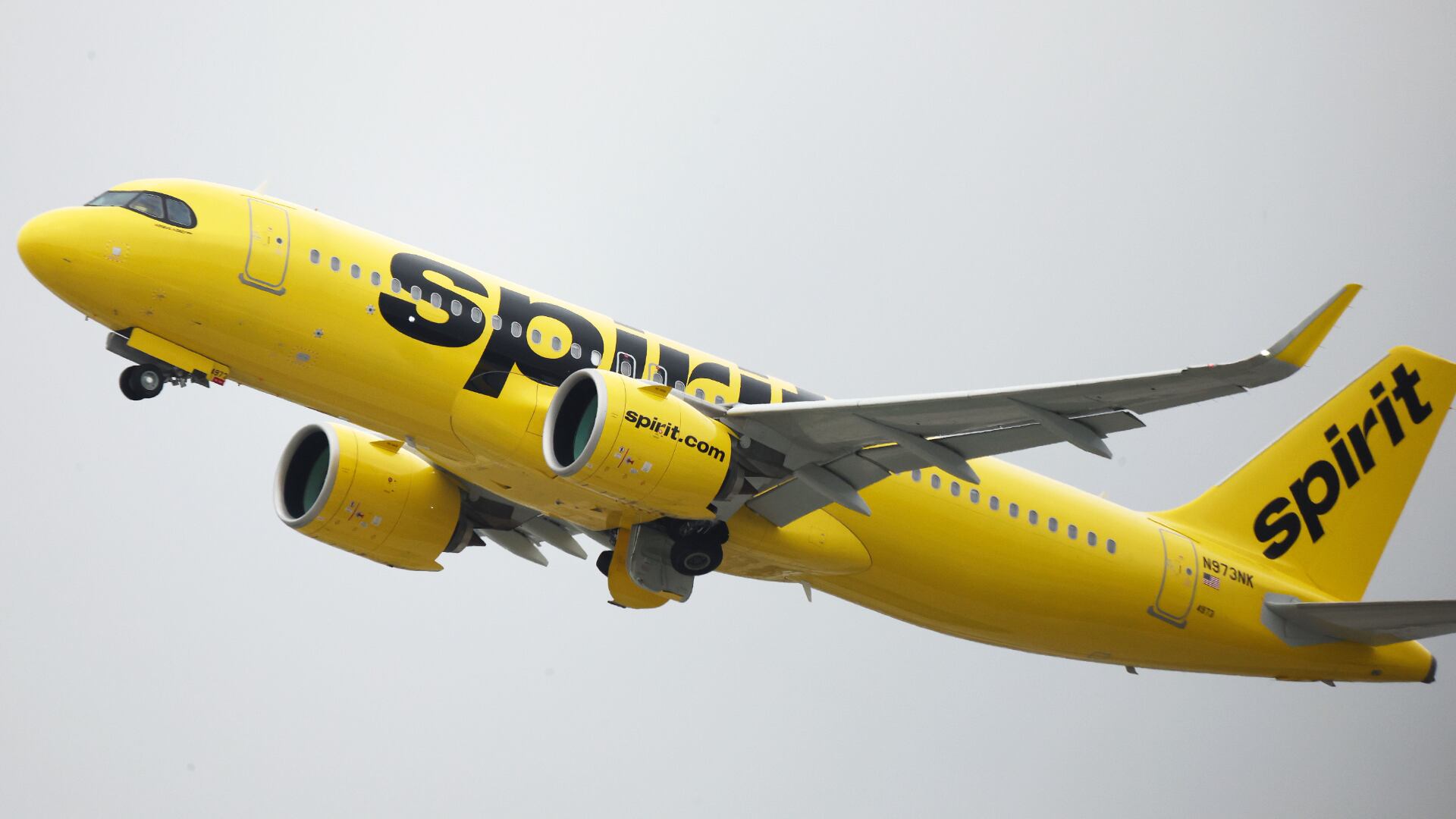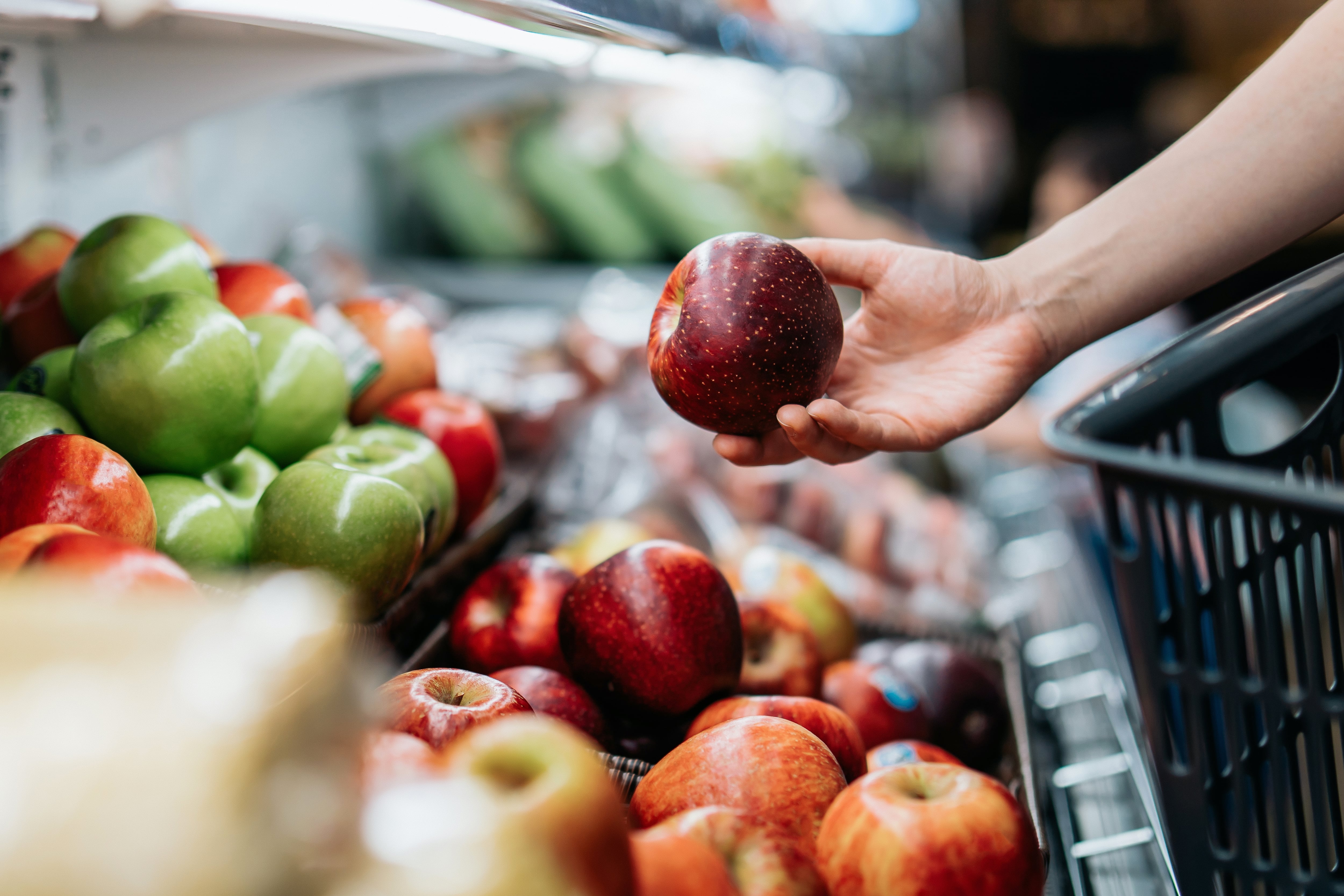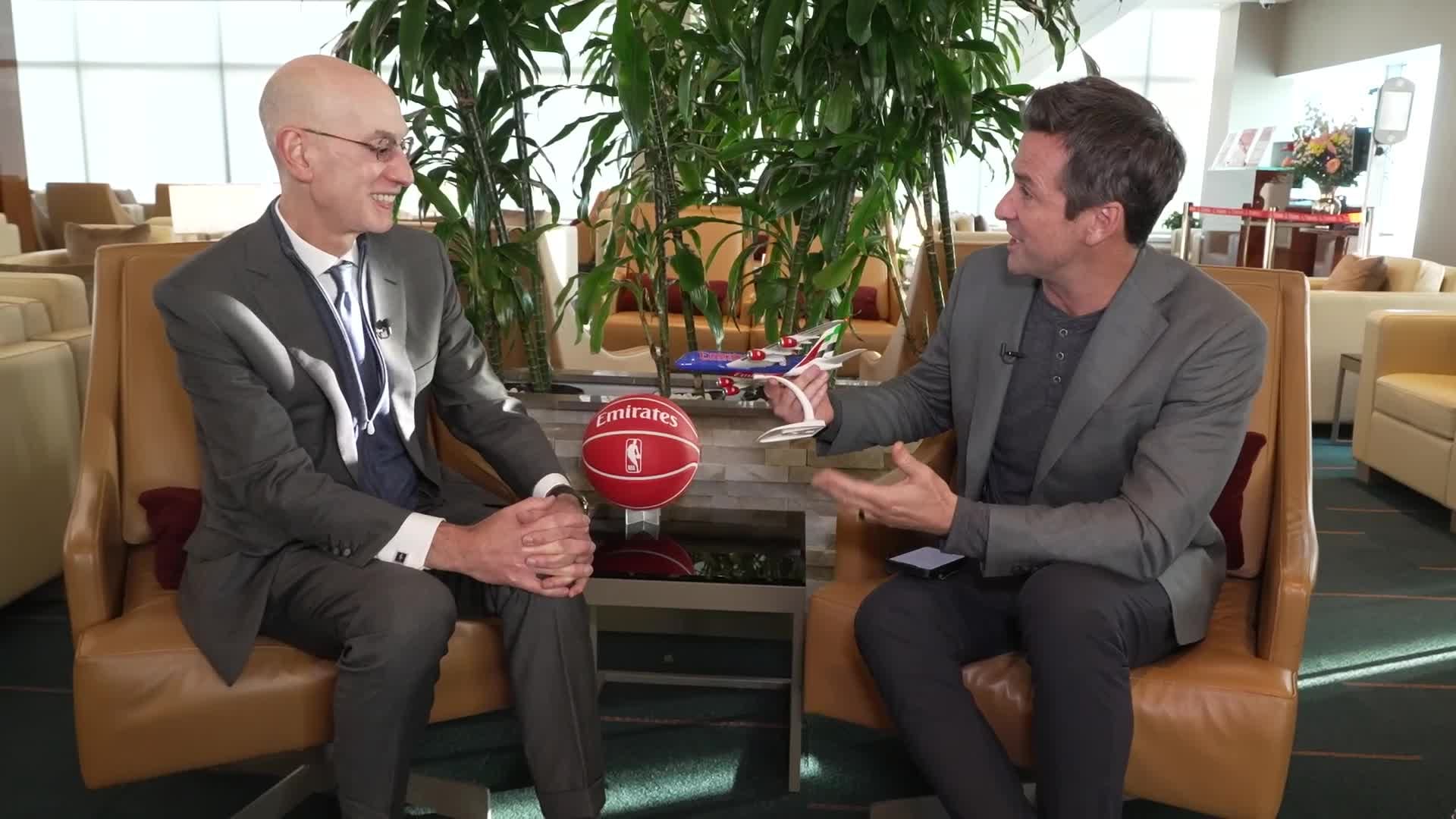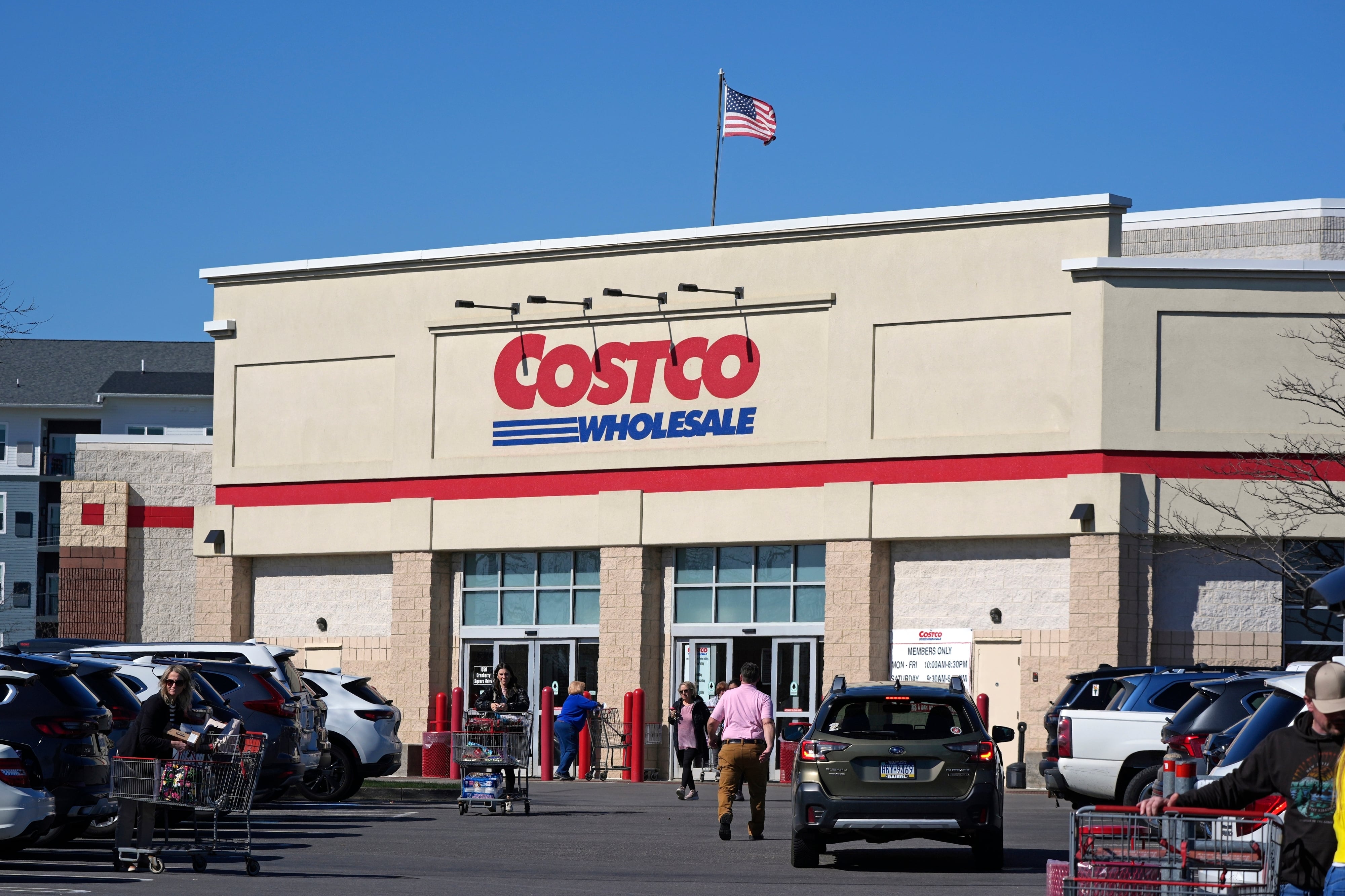Walls of Stanley cups. Cabinets overflowing with skin-care products. Closets bursting with fast-fashion hoodies.
We live in a society of overconsumption. Just a decade ago, consumers’ habits were swayed by celebrities, by fashion magazines, and by friends and family. Now, however, we are influenced by influencers, social media moguls looking to make bank promoting products they may or may not use and love.
But in the last year, a new social media personality has arisen: the deinfluencer. Deinfluencers promote less purchasing, more honest (i.e., often negative) product reviews, and a more minimalist approach to life. Others favor a “buy this, not that” approach or suggest dupes for pricey brand-name products.
“Deinfluencing is about becoming aware, or waking up to, how easily influenced we all are,” said Paige Pritchard, a deinfluencer with more than 650,000 followers on TikTok, where her handle is @overcoming_overspending. “People are getting so sick of social media feeling like an ad, and it is very obvious. And it’s become so much more sophisticated and insidious. You think this is someone’s everyday life and you can buy these products and be like them and have this curated life. It’s a huge problem, but in my little corner of the Internet, people are getting tired of it.”
@overcoming_overspending here for another ✨deinfluencing✨ moment #deinfluencing #deinfluencer #deinfluence #overspending #overspendingmoney #consciousconsumer #moneytok #moneycoachforwomen #savemoneytips #spendless #shoppingaddict #compulsiveshopping #compulsiveshopper #creditcarddebt #debtfree #impulsebuying #impulseshopping ♬ original sound - Paige | Spending Coach
Deinfluencing started showing up on social media about a year ago, and the trend seems to have legs. This holiday season, I noticed a boom of deinfluencers, whose numbers continue to grow, especially in light of rising inflation and a perceived softening economy. A search of the #deinfluencing hashtag on TikTok turns up more than 27,000 posts.
But deinfluencing isn’t new—it just has a new name. Many people have embraced minimalism for decades, fast fashion has been criticized for years, and overconsumption has long been seen (by some, at least) as less than desirable.
“Philosophically, [deinfluencing] has always existed and competed with capitalism and consumption,” said Janell Townsend, chair of the management and marketing department in the school of business at Oakland University, in Rochester, Mich. “This just happens to be the modern representation of it.”
But can deinfluencers convince shoppers to spend less? Some deinfluencers speak on the platform of being more financially responsible, while others have started to pivot into hawking different products. Instead of encouraging followers to buy Dyson Air Wraps, they’ll push $30 hot rollers. Don’t buy Olaplex—here’s a Target shampoo that’s great. Charlotte Tilbury lipstick? Not necessary—buy this dupe from CVS.
One difference is, deinfluencers are no longer seen as negative nellies—their content is their clout. Whether consumers will call for more authenticity and transparency from influencers and deinfluencers remains to be seen—there are still millions of influencers with millions of followers.
“I buy a lot of stuff based on influencer recommendations,” said Michelle Henderson, a 51-year-old law enforcement officer in Oklahoma, whose purchases have ranged from clothing to holiday stocking stuffers. “You could say I’m very influenced.”
But over the last year or so, Henderson has started to become disillusioned and skeptical. She stopped following several influencers and limits her spending from sites like Amazon and Walmart.
“I only want to buy things I’ll truly use and love,” she said. “I found influencers very genuine at first, but not so much anymore. I don’t want to go into debt buying what everyone else has.”
Pritchard, who is also a spending coach, agrees. She shares advice on how to stop overconsuming—and she’s walked that walk as a former impulse shopper. She talks to her followers like a knowledgeable older sister, with no-nonsense advice. Pritchard is open with her own spending habits, telling her followers they can learn how to spend money better—by avoiding fear (This will sell out!) or setting a budget (don’t buy something on sale that you wouldn’t buy for full price). And she makes her money by charging folks to help them learn how to manage their resources and resist the impulse to buy. She charges $80 per class—a fee that her haters love to cite, and that she defends by saying she provides plenty of free advice, and needs to eat, too.
“People need help and they are ashamed to get help,” she said. “It is kind of like the one thing in society that people do not take seriously, they laugh it off as a cute addiction.”
And with billions on the line, there will continue to be influencers—and deinfluencers—looking for a piece of the pie. In 2022, according to Harvard Business Review, the influencer industry generated $16.4 billion. And more than 75% of brands have a dedicated budget for influencer marketing.
“Deinfluencers are still selling something,” Townsend said. “They are just selling something else.”
Kelsey Hogan, founder and CEO of Small Batch Social Co., a Birmingham, Mich.-based social media firm, said she doesn’t see deinfluencers making much of a dent in how much people are going to spend via TikTok and Instagram.
“They aren’t replacing the influencers by any means,” Hogan said. “I don’t see it changing anytime soon unless there is some kind of mass awareness. And I don’t know how to shut that down.”
Overconsumption, she said, “is such a part of the American economy.”
